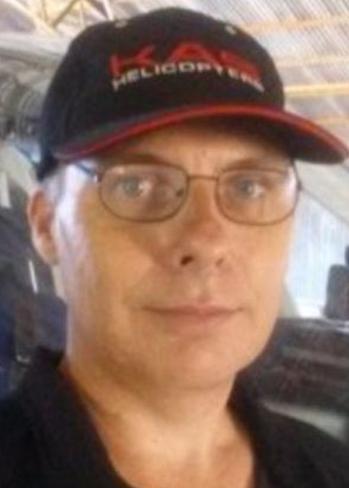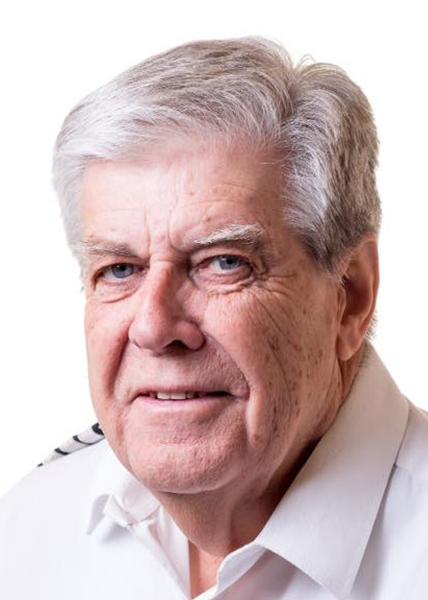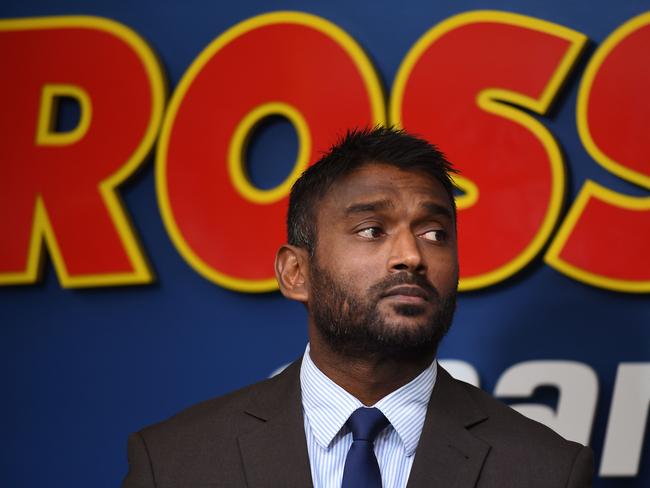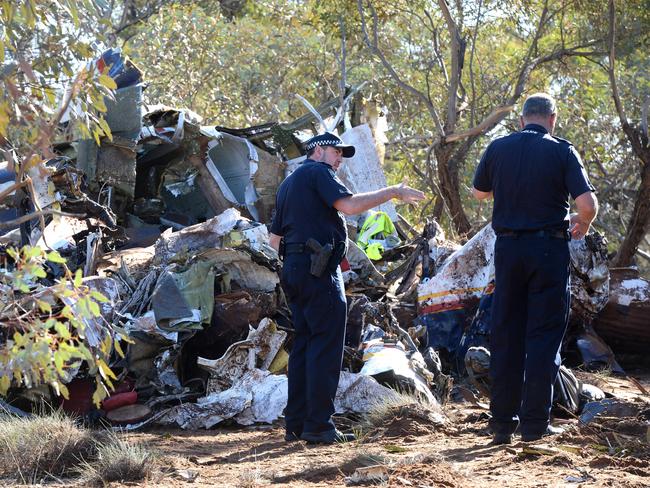Riverland plane crash: Investigation into tragedy that killed three pilots may take a year to know cause
THE Rossair plane that crashed in the state’s Riverland on Tuesday, killing three men, was in the air for little more than a minute and did not have a flight recorder on board, investigators say.
- Theories: What brought down Rossair flight over Renmark
- Rossair CEA grounds fleet grounded as investigation begins
- How search for plane victims unfolded
- Veteran pilot: Aircrash victim cheated death before
READ BELOW: Bird sanctuary strewn with wreckage
THE Rossair plane that crashed in the state’s Riverland on Tuesday, killing three men, was in the air for little more than a minute and did not have a flight recorder on board, investigators say.
Australian Transport Safety Bureau Chief Commissioner Greg Hood said on Thursday the crash was one of the more unusual he had encountered given the experience of those on board.
The plane came down in scrubland 4km west of the Renmark Aerodrome, in the Cooltong Conservation Park, during a training flight about 4.30pm.
Rossair chief pilot Martin Scott, 48, retraining pilot Paul Daw, 65, and Civil Aviation Safety Authority officer Stephen Guerin, 56, perished in the state’s worst plane crash since eight people died in the Whyalla Airlines disaster in May 2000.
Mr Hood said early investigations showed the Cessna Conquest plane was only in the air for 60-90 seconds and reached an altitude of about 150m before it crashed.
SPECIAL REPORT: The theories behind the fatal Riverland plane crash
He said the contained nature of the crash site suggested the plane had a steep descent before impact.
The cause of the crash may take up to a year to establish as investigators begin the grim and painstaking task of sorting through the wreckage.
Mr Hood said the investigation would be complex and that the plane did not have a flight recorder on board — as is commplace with planes of that size.
Civil Aviation Safety Authority regulations do not require planes of that size to have a flight recorder.
A fundraising drive has been set up for the wife of Mr Scott, by her neighbour. You can donate here.
Rossair indefinitely grounded its fleet of planes on Wednesday as tributes flowed for the three men.
The relatively contained crash site and lack of lengthy gouge marks in the ground suggests the plane fell almost straight down from the sky.
Australian Transport Safety Bureau investigators are now sifting through the wreckage in their search for clues to what went wrong.



One of Australia’s foremost aviation experts, Geoffrey Thomas, said causes including a bird strike could not be ruled out.
The plane came down in Cooltong Conservation Park, which is a popular destination for bird watchers and a haven for Mallee fowl.
Mr Thomas, of Airlines Ratings, said the cause might be a one-in-a-billion “freak” mechanical problem — and nothing to do with the occupants or Rossair.
Witnesses near the crash scene and aerodrome told The Advertiser on Wednesday they had noticed some unusual activity from the plane after it took off after 4pm.
Jason, who did not give his last name, was standing outside his workplace near the aerodrome when he heard the ill-fated plane fly over.
“Normally we get a lot of small planes flying in and out or Royal Flying Doctors’ planes, but they usually take off in the other direction,” the 41-year-old Renmark resident said. “I took notice because it was a nice looking plane flying pretty low. It’s unusual for them to come this way.
“When it went over the engines sounded good,” Jason said. “It wasn’t until about 5.30 or 6pm when I got back to work that I could hear the choppers coming in and thought ‘there is something serious going on here’.
“I was probably one of the last people to see them. If they were doing a training run we might never know what they were up to.”
Another resident, who did not want to be identified, said the Renmark Aerodrome was frequently used as a training stop for pilots who landed briefly and conducted training exercises.
He said locals were used to the sound of planes coming and going and occasionally practising deliberate stalls overhead, but the Rossair flight sounded different.
“I thought it was either flying very low or was in a bit of strife,” he said.
“There was just something weird about it. It was enough to make me stop and look up.”
Five Australian Transport Safety Bureau investigators arrived at the crash site on Wednesday to start their investigation, which will take up to a year to finalise and establish a cause.
They will be examining the site and wreckage, gathering recorded data including radio and radar, and interviewing witnesses. Parts of the wreckage are expected to be taken from the crash site in the coming days for further analysis.

A coroner’s inquest may follow the ATSB’s investigation, as it did with the Whyalla Airlines crash. However, the coroner’s office said it was “premature to say at this very early stage whether an inquest will be held”.
Rossair’s chief executive, Warren Puvanendran, on Wednesday defended the company’s safety record while grounding its fleet indefinitely.
The 1980-built nine-seat Cessna Conquest aircraft had a clean maintenance record prior to its final flight on Tuesday afternoon, he said.
Mr Puvanendran said maintenance logs for the plane showed it had not had any mechanical issues in the past.
“From our point of view, there is nothing that would indicate that (there had been any mechanical issues),” he said.
“It’s been doing regular services for the last I don’t know how many years without incident. At this stage, we simply don’t know what happened.”
Mr Puvanendran confirmed the plane had carried out multiple journeys on Tuesday, between Parafield and Beverley uranium mine, before flying to Renmark, but had a different crew on its final flight.
Mr Puvanendran also said the company was confident its safety protocols were adequate. “We’ve had an impeccable safety record,” he said.
However, he said the company had ceased flights indefinitely. “As a precaution we have voluntarily grounded our operations,” he said.
“We will consult with CASA and the ATSB and we will make a decision (on when to recommence flights) based on their recommendations.”
Bird sanctuary strewn with wreckage
By Josephine Lim and Mitch Mott
A SANCTUARY for river birds is now a scene of twisted metal and devastation.
The peace of the Cooltong Conservation Park was shattered late on Tuesday afternoon when the Rossair Cessna Conquest 441 with three people on board plunged to the ground.
Trees were shredded and the plane rendered a mangled mess of metal after it came down in Mallee scrub in the park that is known for bird watching.
The three experienced pilots on board — Paul Daw, Martin Scott and Stephen Guerin — stood little chance of survival.
From the vantage point of a helicopter hovering above the scene, it appeared the front of the aircraft was the worst damaged — the cabin almost unrecognisable from its nose.
The impact appeared to create a metre-wide crater and uprooted a few trees; however, the lack of a lengthy gouge mark and the relatively contained crash scene suggests the plane may have fallen almost straight down from the sky.

The tail of the plane had broken off from the fuselage, the wings bent under the blue and white main body sporting the Rossair logo and the call sign VH-XMJ.
Propellers were snapped off from the wings and thousands of pieces of the plane were strewn across the ground.
The wreckage of the plane is 4km west of Renmark Aerodrome, about 200m off the dirt track of Santos Rd.
Yellow tape around the crash site marked an exclusion zone where investigators were getting to work, sifting through the wreckage to find any sign of clues.
The site is surprisingly small and contained for such a devastating outcome — perhaps a clue in itself as to the way the plane came down.
There is also no sign of an explosion or fire. Was the plane low on fuel?

From the ground, the wreckage is barely recognisable as a plane. A short gouge in the dirt only metres from the wreckage shows where it first hit the ground.
Parts of the distinctive Rossair fuselage poke through the twisted frame. A seat lies metres from the crumpled body of the plane.
Items from the cockpit, including a high-visibility jacket, an information card and what looks like an oxygen mask stand out from the twisted mass of metal.
With no mayday call before the crash, the final minutes of the flight and the pilots’ lives remain a mystery for now.
The investigators have much to establish.
It seems it will be a while before peace returns to Cooltong Conservation Park.
